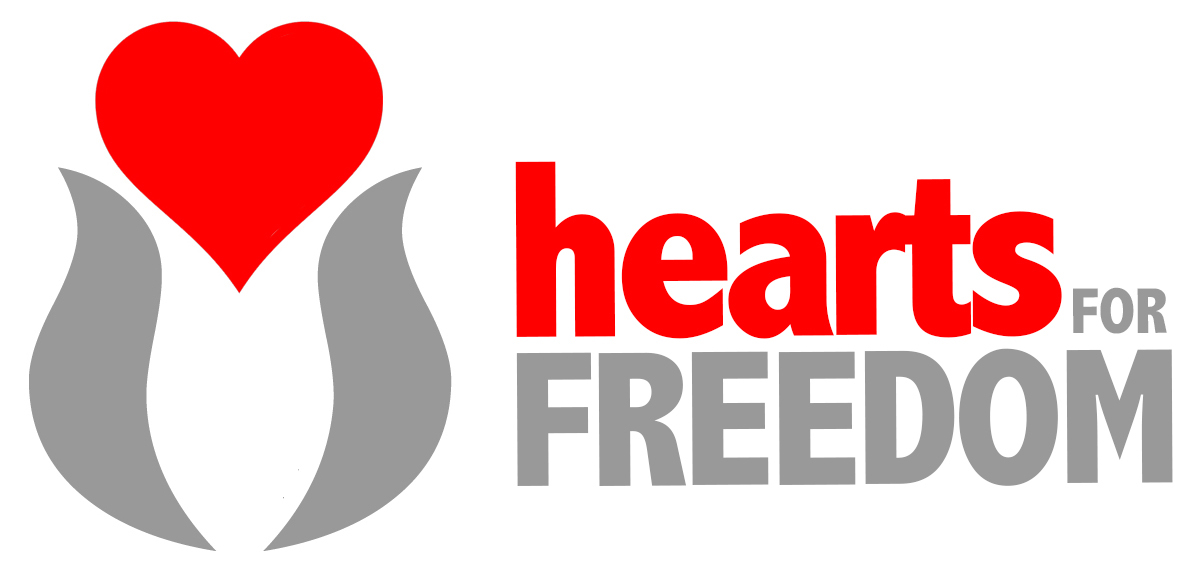Safe Harbor
In 2011, Minnesota passed the Safe Harbor for Sexually Exploited Youth Act, achieving two fundamental changes: first, prostituted youth are no longer considered delinquent but victims of sexual exploitation; and second, Minnesota was mandated to create a comprehensive, statewide framework for ensuring that sexually exploited children (and those at risk of sexual exploitation) receive victim-centered services.
Minnesota’s Safe Harbor law now serves as a model for the nation (read more about the the Stop Exploitation Through Trafficking Act here ), encouraging all states to treat trafficked and exploited youth as victims, not criminals.
Resolving a Conflict in MN Law
Minnesota’s Safe Harbor law addresses inconsistencies with how children who are exploited for commercial sex are treated.
Prostitution is crime under Minnesota law, and before the enactment of the Safe Harbor for Sexually Exploited Youth Act, children who engaged in prostitution could be adjudicated delinquent and processed through the juvenile justice system. At the same time, however, adults who solicit children for the purposes of prostitution commit a felony. In addition, if an individual of any age is induced by any means to engage in prostitution is a victim of sex trafficking (Minn Stat 609.321 subd 7b). The result was that children, recognized as victims of a crime under Minnesota’s criminal statutes, could themselves be criminalized for engaging in prostitution.
Minnesota’s Safe harbor law addresses this inconsistent treatment of children, recognizing the victims as children in need of protection, and enhancing penalties against the true criminals.
The Plan: Minnesota’s No Wrong Door Model
Minnesota’s Safe Harbor for Sexually Exploited Youth Act was passed in 2011, but did not take effect until August 1, 2014, in order to allow for the development of a statewide systems response that was victim-centered, trauma-informed, and culturally appropriate. After a year-long, statewide, multi-disciplinary consultative process, Minnesota developed the “No Wrong Door Model: A Comprehensive Approach to Approach to Safe Harbor for Minnesota’s Sexually Exploited Youth.”
Under No Wrong Door, once identified, sexually exploited youth– and those at risk for exploitation – should be afforded the opportunity to receive services specifically designed to meet their needs, address the harm caused by trafficking and exploitation, and move them toward recovery and self-efficacy. This requires extensive training, coordination, and multiple systems working collaboratively to ensure that no matter how a victim makes contact with the system (or through what “door”), they will be properly identified and served. Read more about No Wrong Door here.
Regional Navigators
Click here to view and download this map as a PDF handout.
Implementing a comprehensive, statewide systems response for sexually exploited youth – particularly on a limited budget – is an undertaking that requires creativity as well as collaboration. The needs of sexually exploited youth are as diverse as the state’s geography and demographics, and the No Wrong Door model, while providing a framework response, requires more than just a “one-size-fits-all” approach. This dilemma was addressed through the Safe Harbor Statewide Regional Navigator Initiative, which provided a mechanism through which regions in Minnesota could adapt the No Wrong Door plan to utilize existing resources, teams, and networks to meet the specific needs of each region.
Minnesota’s 8 Regional Navigators serve as the main advocates and liaisons for any referrals of sexually exploited youth in the region they represent, and serve as regional experts to coordinate victim-centered services. The Regional Navigators work closely with the Statewide Safe Harbor Director to develop protocols, train professionals and communities.
Read more about Minnesota’s Regional Navigators here.
A Community Response
Minnesota’s Safe Harbor for Sexually Exploited Youth Act shifts the paradigm of response from one of viewing sexually exploited youth as criminals, to one where these children are acknowledged and treated as crime victims. Changing the statewide systems response is crucial to ensuring that all victims are given access to the services they need.
But sexual exploitation and sex trafficking are complex issues requiring a comprehensive community response, as well as a comprehensive systems response.
The systems response involves a coordinated effort by systems professionals (law enforcement, qualified and licensed advocates, prosecution, child welfare and child protection, and healthcare providers) to remove victims from the situations involving exploitation, and to provide trauma-informed and culturally specific care. This is only a part of the solution.
Primary prevention is about stopping the harm before it starts, and educators, churches, community members, and most importantly, youth, play an essential role in the prevention of sex trafficking and sexual exploitation. Community partners outside of the systems response help to build community awareness about sex trafficking and other forms of sexual exploitation, provide aftercare and accountability programming to men who were once a part of the “demand,” speak to youth about identity and healthy relationships, and to engage in critical thinking about media and peer messages about sexuality, masculinity, and the objectification of women and girls, and change local policies to create an environment that discourages exploitation and makes the community safe for all children.
For more information about getting involved in the community response to sex trafficking and sexual exploitation, please contact The West Central Safe Harbor Navigator.

